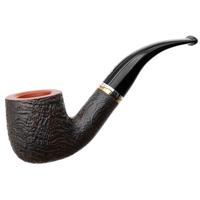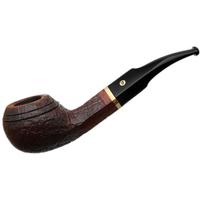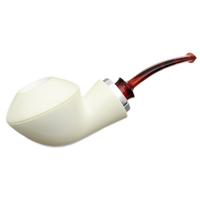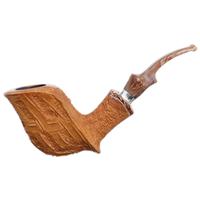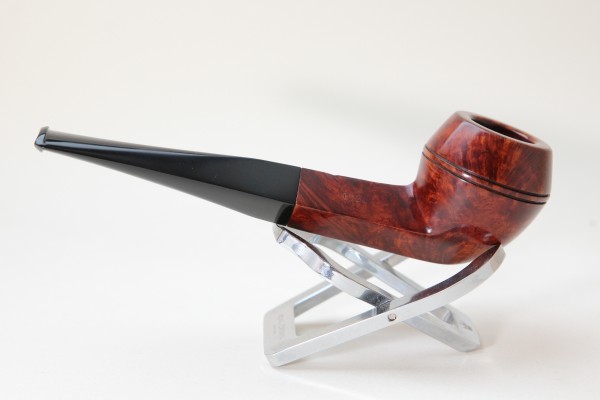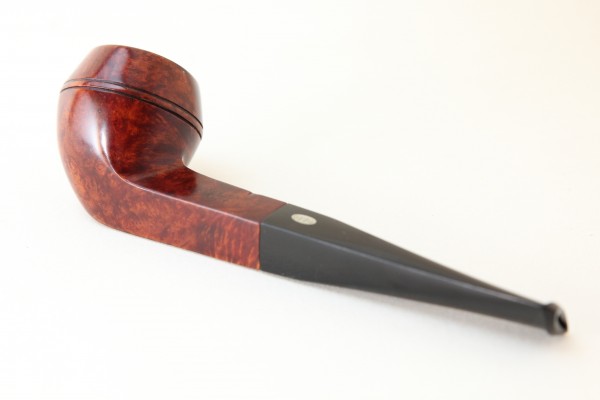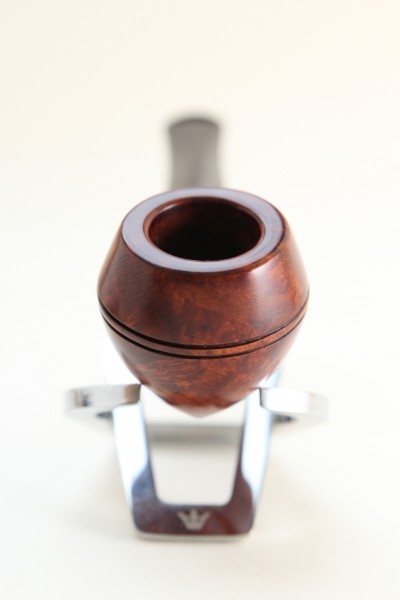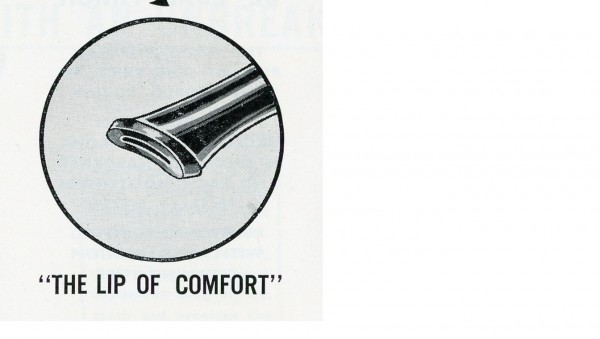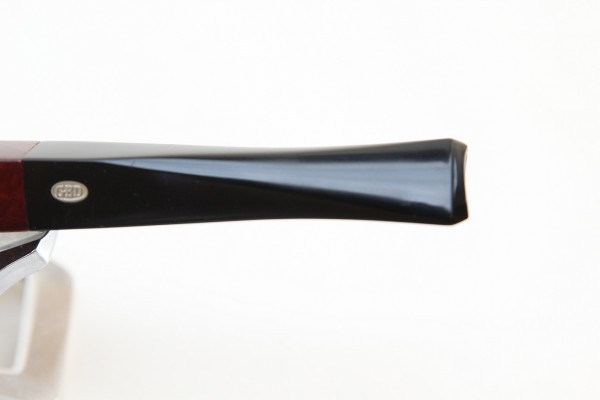Hi folks,
Cap in hand I come in the hope that someone can prevent me from going nuts. I picked this lovely little GBD last week and I've hit a wall in my research. A brief summary of what I think I know scavenged from Pipedia/forums etc. Back around the late 20s, GDB didn't grade their briar, so they created two designations - the Xtra and the Special to denote pipes that have had addition features/finishes etc. These weren't product/model lines, but more of a grade system that differentiated it from the standard GBD (which had just the 'GBD' stamp). By 1937, the Xtra/Special designations were dropped and the more tradition model lines were introduced (Pedigree/New Era etc). However, there were a couple of exception: some Prehistorics were also marked 'Xtra', and a 1950s catalogue I've seen also seems to carry the Xtra line (although they do look quite different). I've been trying to determine if this is one of the 1930s Xtras, with little luck.
I've grown very attached to this little pipe, but it is starting to drive me up the wall a little. The nomenclature has no COM and I can't find out when COM stamps were introduced. I have had a few GBDs but later models from the 50/60s all of which had COM stamps. I do understand a little of the history of the English and French factories (but the COM stamp didn't necessarily reflect where it was made), but I can't find out when they were introduced. The stem is beautiful -it doesn't have a hand cut stamp, but I'm 99% sure it is (the 1% doubt is the bit). I can't find any reference to the shape number (1024), but as I understand it, they had different numbers for each variation of a shape/stem, so had literally thousands. The stem inlay looks slightly different to the more contemporary 50/60s GBDs in that it is seems slightly more refined and better articulated. The only stamps are the GDB Xtra and the shape number.
Can any kind soul shed some light on this me or tell me where I've gone wrong? Many thanks in advance.
Geoff
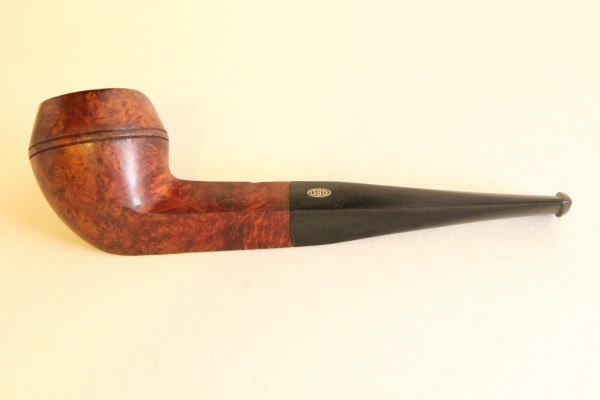
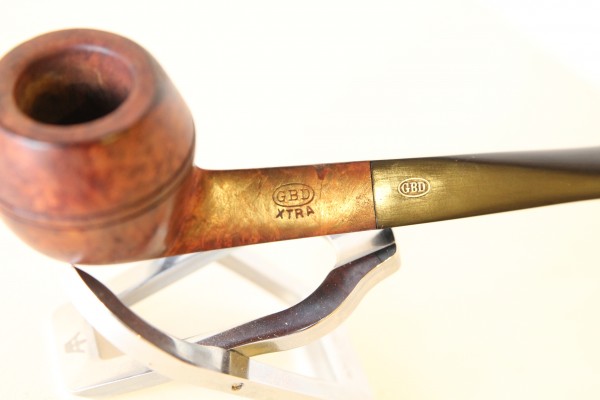
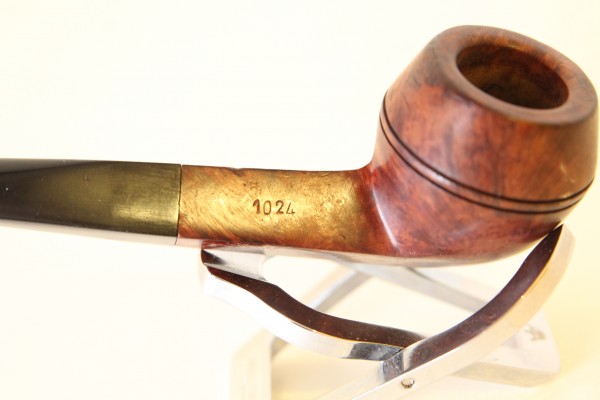
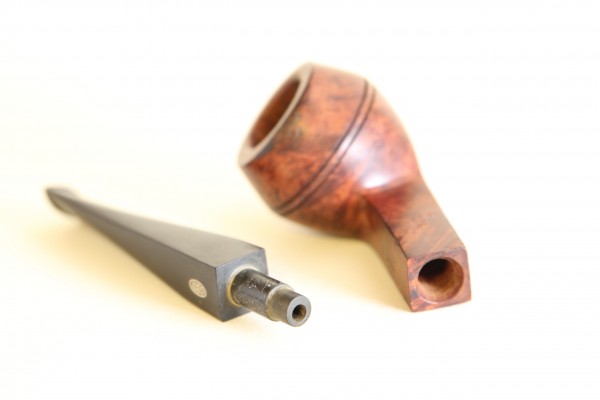
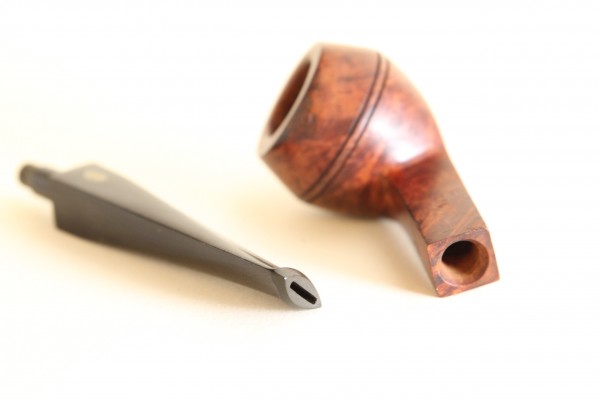
Cap in hand I come in the hope that someone can prevent me from going nuts. I picked this lovely little GBD last week and I've hit a wall in my research. A brief summary of what I think I know scavenged from Pipedia/forums etc. Back around the late 20s, GDB didn't grade their briar, so they created two designations - the Xtra and the Special to denote pipes that have had addition features/finishes etc. These weren't product/model lines, but more of a grade system that differentiated it from the standard GBD (which had just the 'GBD' stamp). By 1937, the Xtra/Special designations were dropped and the more tradition model lines were introduced (Pedigree/New Era etc). However, there were a couple of exception: some Prehistorics were also marked 'Xtra', and a 1950s catalogue I've seen also seems to carry the Xtra line (although they do look quite different). I've been trying to determine if this is one of the 1930s Xtras, with little luck.
I've grown very attached to this little pipe, but it is starting to drive me up the wall a little. The nomenclature has no COM and I can't find out when COM stamps were introduced. I have had a few GBDs but later models from the 50/60s all of which had COM stamps. I do understand a little of the history of the English and French factories (but the COM stamp didn't necessarily reflect where it was made), but I can't find out when they were introduced. The stem is beautiful -it doesn't have a hand cut stamp, but I'm 99% sure it is (the 1% doubt is the bit). I can't find any reference to the shape number (1024), but as I understand it, they had different numbers for each variation of a shape/stem, so had literally thousands. The stem inlay looks slightly different to the more contemporary 50/60s GBDs in that it is seems slightly more refined and better articulated. The only stamps are the GDB Xtra and the shape number.
Can any kind soul shed some light on this me or tell me where I've gone wrong? Many thanks in advance.
Geoff








